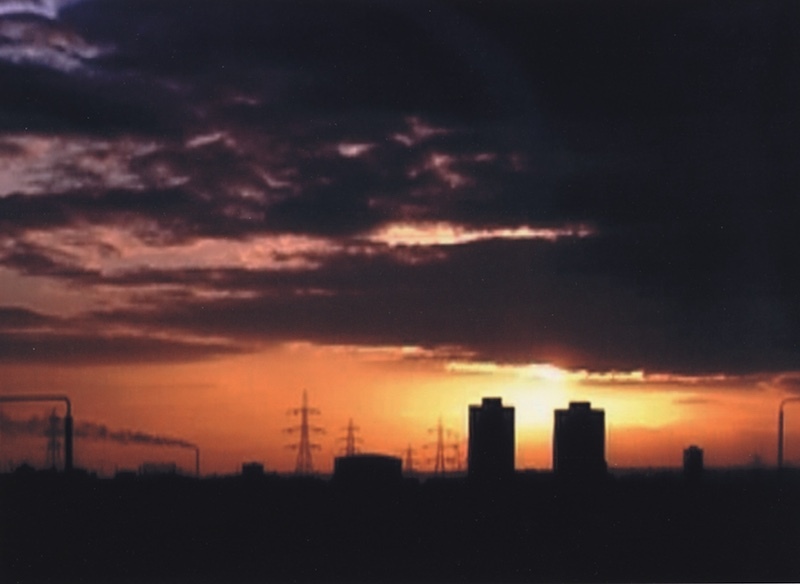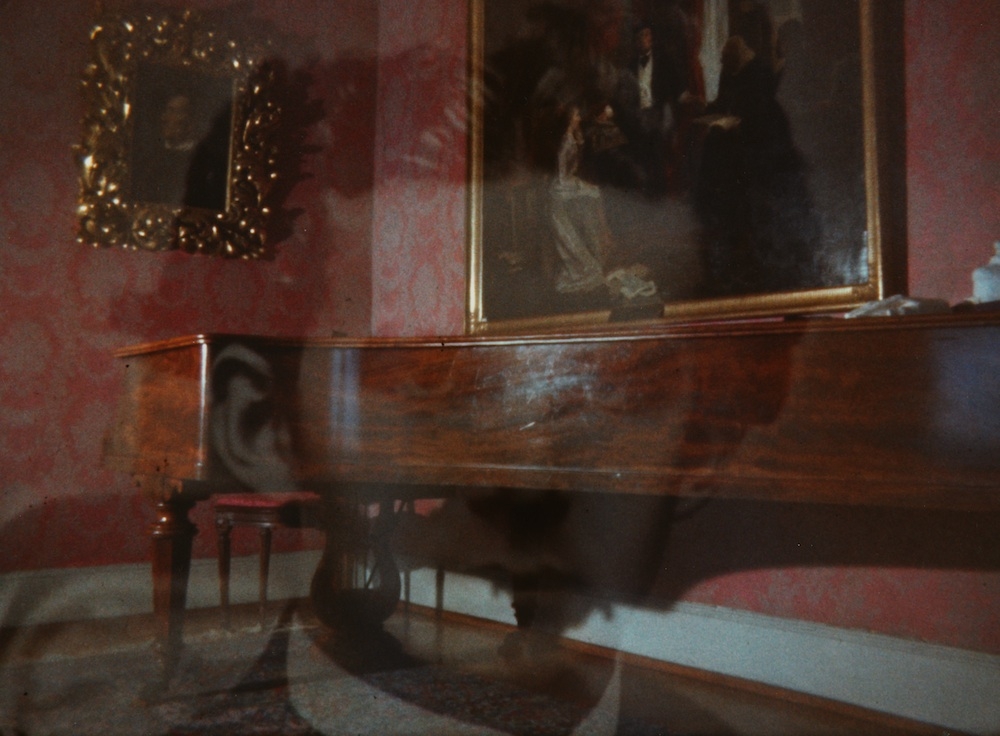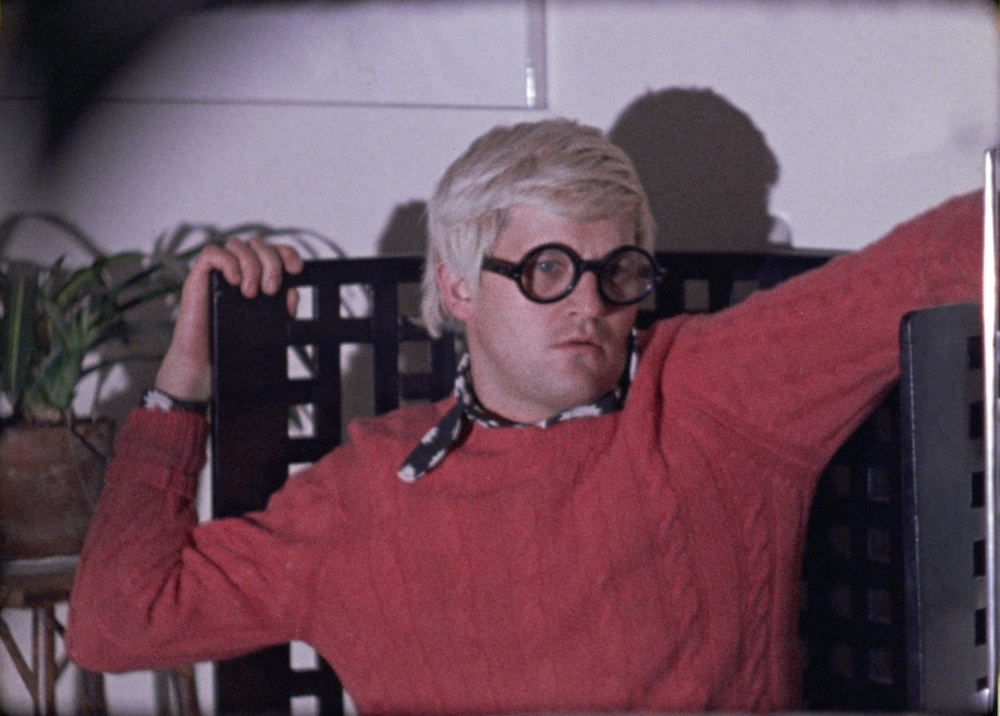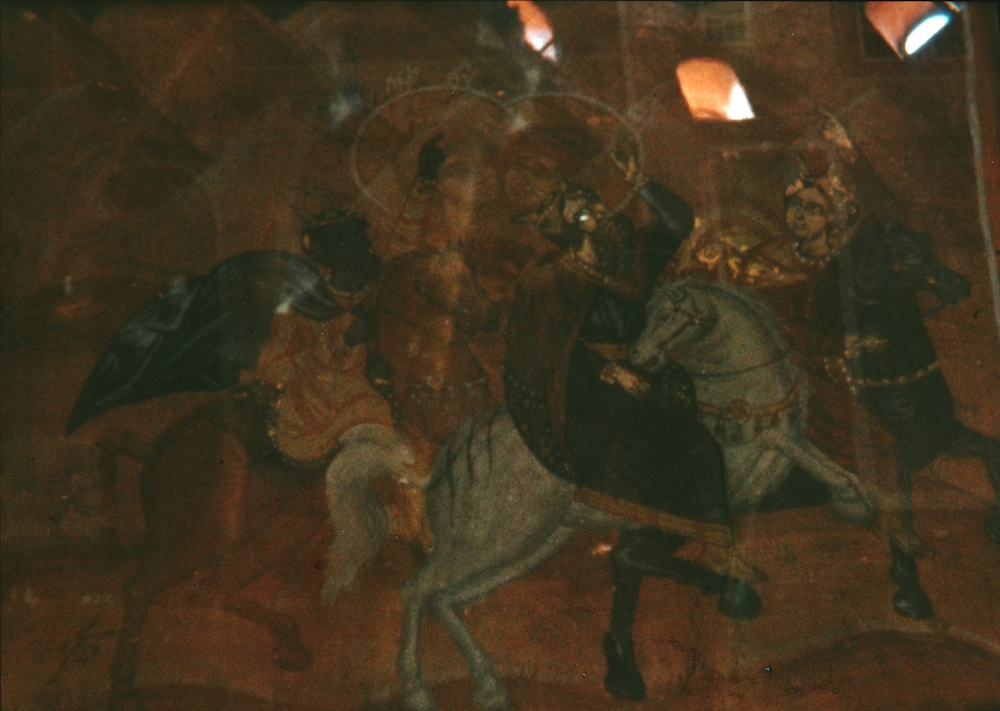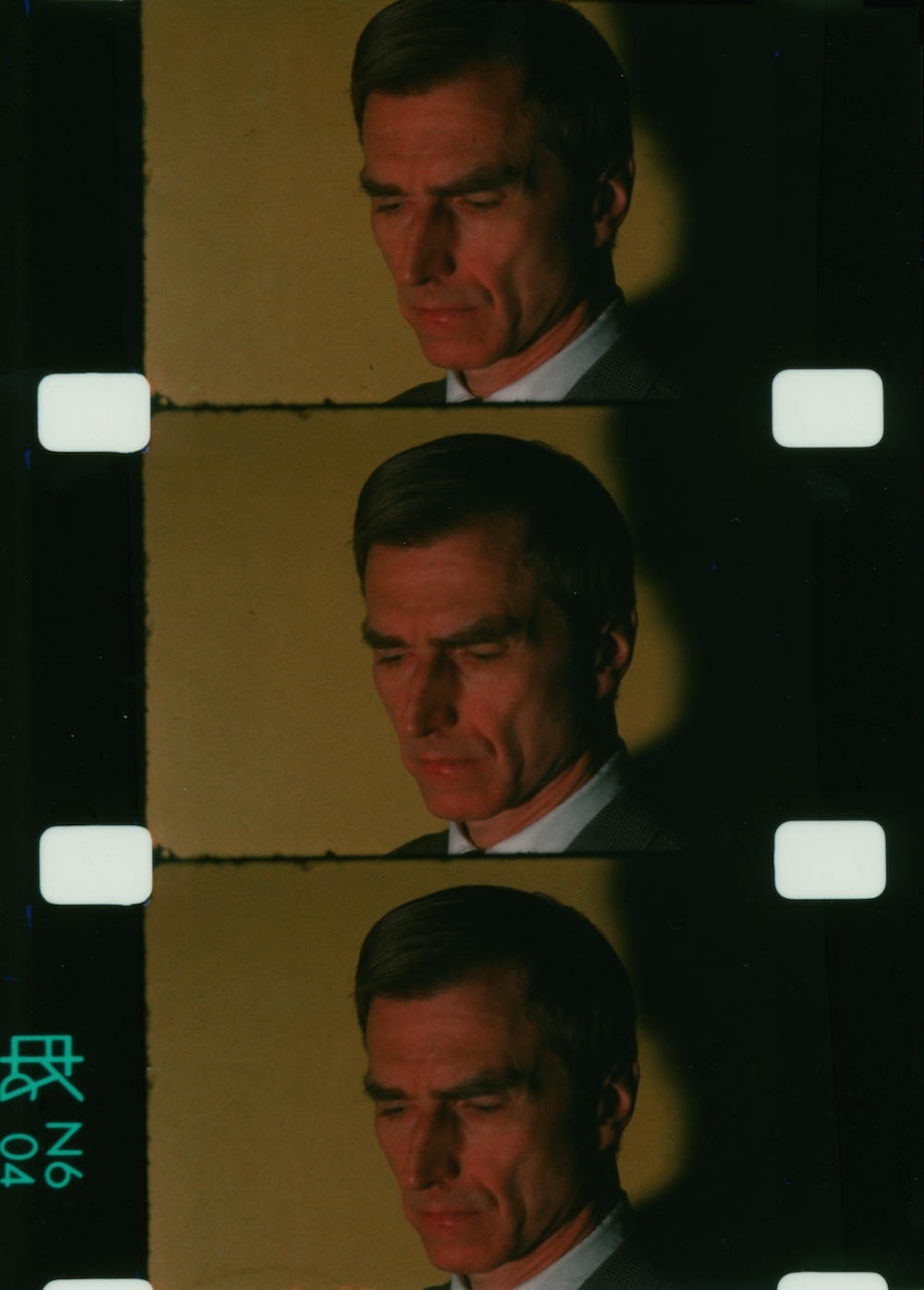Lis Rhodes: Telling Invents Told
Lis Rhodes: Telling Invents Told
Lis Rhodes, Light Reading, 1978, 20 min
Lis Rhodes & Jo Davis, Hang on a Minute, 1983-85, 13 × 1 min (excerpts)
Lis Rhodes, Ambiguous Journeys, 2019, 28 min
An evening of readings and screenings of films and texts by artist and filmmaker Lis Rhodes, occasioned by the publication of the first collection of her writings, Telling Invents Told, by The Visible Press.
Rhodes, an important figure at the London Film-Makers’ Co-operative and a founding member of feminist film and video network Circles, has been making radical and experimental work that challenges dominant power structures since the 1970s. Her writing addresses urgent political issues – from the refugee crisis to workers’ rights, police brutality, discrimination and homelessness – as well as film history and theory, from a feminist perspective.
With an introduction by the book’s editor, María Palacios Cruz, and readings by artist Kathryn Elkin and Irene Aristizábal, curator of the recent survey of Lis Rhodes’ work, Dissident Lines, at Nottingham Contemporary.
“Whose history? It is hard to think of a question more central to our moment, or an artist who has posed it more insistently and urgently than Lis Rhodes. Her films comprise one of the most radical rethinkings of experimental film and politics of the last fifty years; they are like flashbulbs, exposing the physiognomies of power in the cracks of everyday experience.” (Mike Sperlinger)
Copies of Telling Invents Told will be available for purchase at the event.

